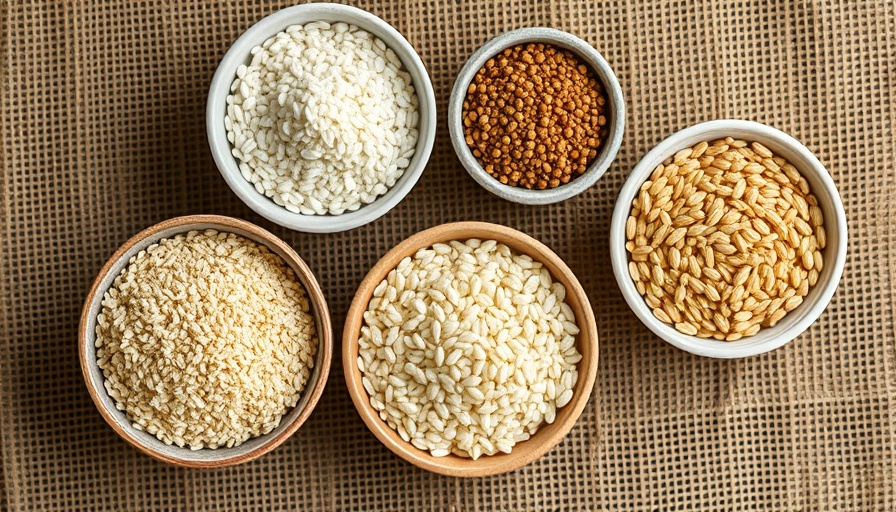
Quinoa vs. Rice: The Nutritional Showdown
When it comes to healthy grains, quinoa and rice frequently battle for the spotlight. Both staples are high on the nutritional charts, but how do they stack up against each other?
Understanding Quinoa: More than Just a Grain
Quinoa, often mistaken for a grain, is a powerhouse seed packed with nutrients. Unlike rice, quinoa contains all nine essential amino acids, making it a rare complete protein source for plant-based diets. With 8 grams of protein per cooked cup, this seed not only satiates your hunger but also fuels your body effectively. It’s particularly rich in fiber, with about 5 grams per cup, promoting gut health and keeping blood sugar levels stable. Furthermore, quinoa is a treasure trove of minerals like iron and magnesium, enhancing its status as a health food.
The Classic Staple: Rice's Health Benefits
Rice, especially brown rice, has been a global staple for centuries. While white rice is often stripped of nutrients, brown rice retains its bran and germ, making it higher in fiber at 3.1 grams per cup. This fiber aids in digestion, promotes satiety, and can assist in weight management. Plus, rice is easy on the digestive system, an essential quality for those recovering from digestive issues. Though it can absorb arsenic from the ground, rinsing rice before cooking can help mitigate this concern.
Which Should You Choose for Your Plate?
The decision between quinoa and rice largely depends on personal health goals. For those seeking a complete protein source, quinoa wins hands down. However, if you're looking for a quick-energy food that's gentle on the stomach, rice is your best bet. The reality is that both grains can co-exist on your table, complementing each other in nutritional value.
In the end, varying your grain intake—whether you lean towards the high-protein magic of quinoa or the comforting digestibility of rice—ensures a balanced diet rich in essential nutrients.
 Add Row
Add Row  Add
Add 

 Add Row
Add Row 


 Add
Add 


Write A Comment